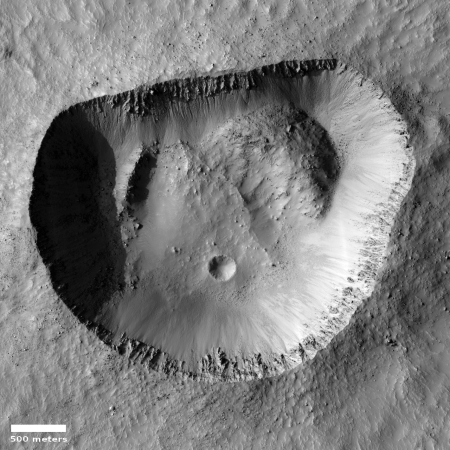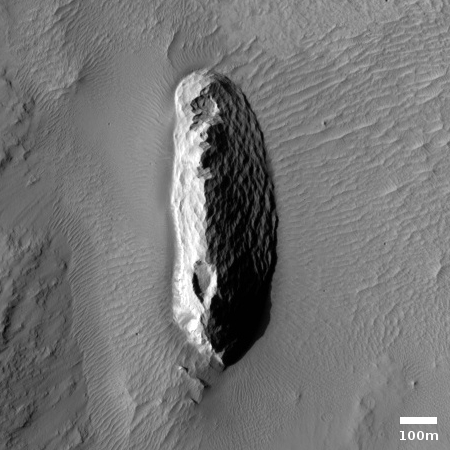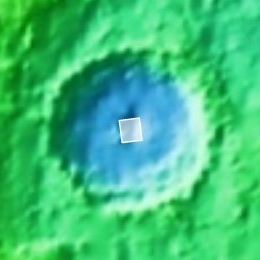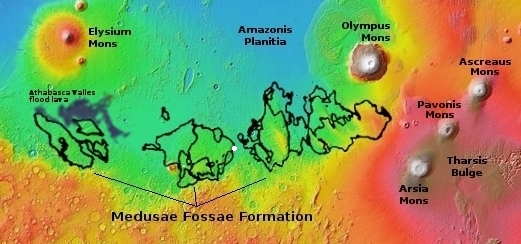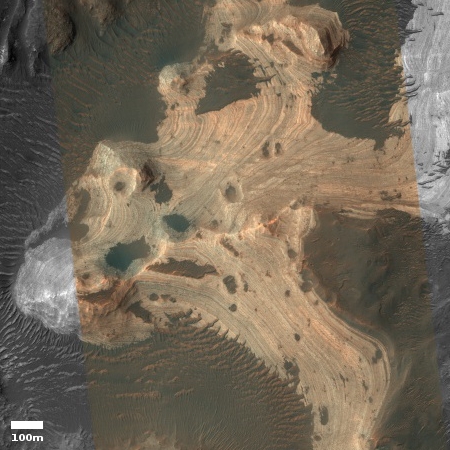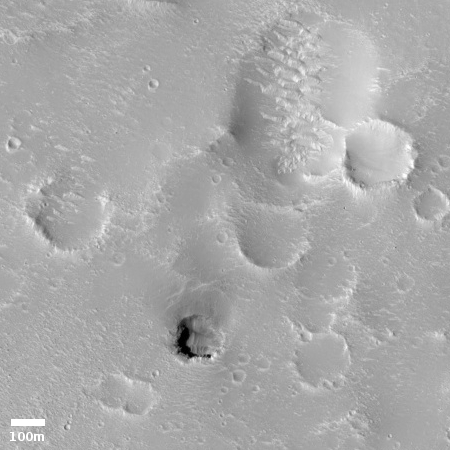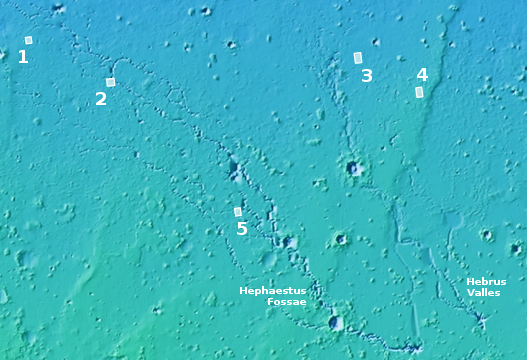China launches its new quick-launch Long March 11 rocket
The new colonial movement: China has successfully launched its new quick-launch Long March 11 rocket for the ninth time, placing two engineering test satellites into orbit.
The Long March-11 (Chang Zheng-11) is a small solid-fueled quick-reaction launch vehicle developed by the China Academy of Launch Vehicle Technology (CALT) to provide an easy to operate quick-reaction launch vehicle, that can remain in storage for long period and to provide a reliable launch on short notice.
LM-11 is a four-stage solid-fueled launch vehicle equipped with a reaction control system on the fourth stage.
It is also designed to launch smallsats, and essentially uses military missile technology to do it.
The leaders in the 2020 launch race (for the moment):
9 China
7 Russia
6 SpaceX
3 ULA
The U.S. still leads China 11 to 9 in the national rankings. That lead will widen should SpaceX successfully launch later today.
The new colonial movement: China has successfully launched its new quick-launch Long March 11 rocket for the ninth time, placing two engineering test satellites into orbit.
The Long March-11 (Chang Zheng-11) is a small solid-fueled quick-reaction launch vehicle developed by the China Academy of Launch Vehicle Technology (CALT) to provide an easy to operate quick-reaction launch vehicle, that can remain in storage for long period and to provide a reliable launch on short notice.
LM-11 is a four-stage solid-fueled launch vehicle equipped with a reaction control system on the fourth stage.
It is also designed to launch smallsats, and essentially uses military missile technology to do it.
The leaders in the 2020 launch race (for the moment):
9 China
7 Russia
6 SpaceX
3 ULA
The U.S. still leads China 11 to 9 in the national rankings. That lead will widen should SpaceX successfully launch later today.


